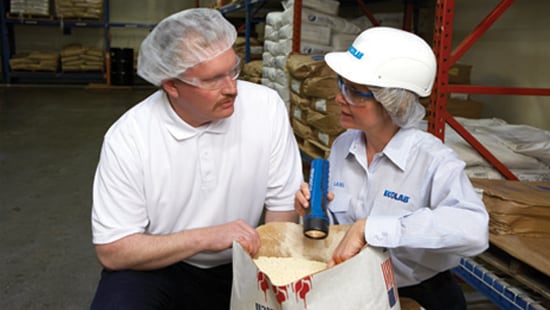For General Inquiries:
Ecolab Co.
5105 Tomken Road, Mississauga, ON, L4W 2X5
Phone: +1-800-352-5326
Ecolab Co.
2222 Boulevard Dagenais Ouest, Laval, QC, H7L 5Y2
Phone: +1-800-352-5326
For Food & Beverage Processing:
Ecolab Co.
5105 Tomken Road, Mississauga, ON, L4W 2X5
Phone: +1-800-465-1914

